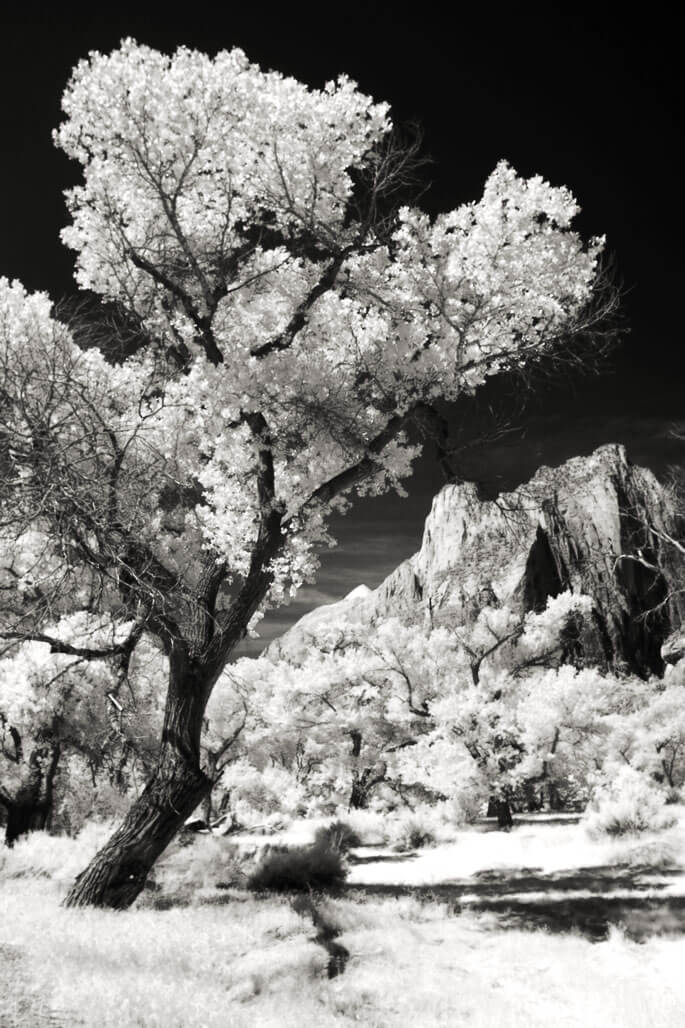Why I like Infrared Photography
Today’s Post by Joe Farace
I recently received an e-mail from a reader of this blog asking “why do you do infrared photography, when regular photography is already so hard?” Here’s my answer: Most photographers go through three distinct phases when learning and refining their skills:
 The first stage occurs immediately after they get their first “good” camera and begin discovering the potential of the medium. During this time, new shooters explore their world with lots of enthusiasm. Every new image looks much better than they ever imagined they could. Unfortunately, this doesn’t last long and is quickly replaced by the next period.
The first stage occurs immediately after they get their first “good” camera and begin discovering the potential of the medium. During this time, new shooters explore their world with lots of enthusiasm. Every new image looks much better than they ever imagined they could. Unfortunately, this doesn’t last long and is quickly replaced by the next period.
In phase two, the shooter’s level of enthusiasm is still high but’s diminished when reviewing his or her newest images only to discover that they are much worse than they expected.
As a photographer continues to improve their skills by reading magazines and blogs (like this one), attending workshops, and practicing their craft, they eventually reach the final phase. At this point, the image these photographers see in their camera’s viewfinder is exactly the same that appears on their camera’s LCD screen or computer monitor. While reaching this phase can be fulfilling, some of the magic is gone. And sometimes, photographers slip back into Phase 2 and become discouraged.
If you would like to experience some of the same thrill of discovery that occurred during the first phase of your photographic education, my suggestion is that you never stop exploring. Try some new things. Maybe it’s infrared photography but whatever you do try something that’s outside your normal comfort zone. Stop taking the same picture over and over again and try something new. And besides, IR photography is just a lot of fun.
Tip: If you want to try infrared take an old camera that’s gathering dust and have it converted to IR-only operation. If you want to save money when converting your camera to infrared, use the coupon code “farace” at LifePixel, who is the company that I use for my infrared cameras that made the images you see here.




